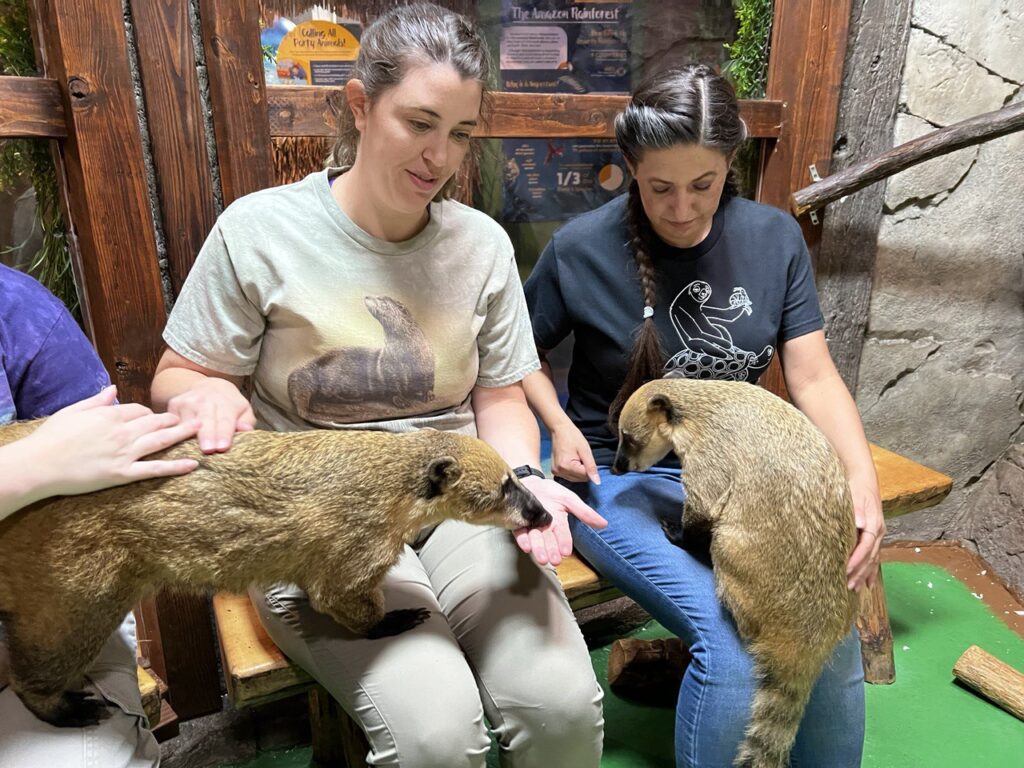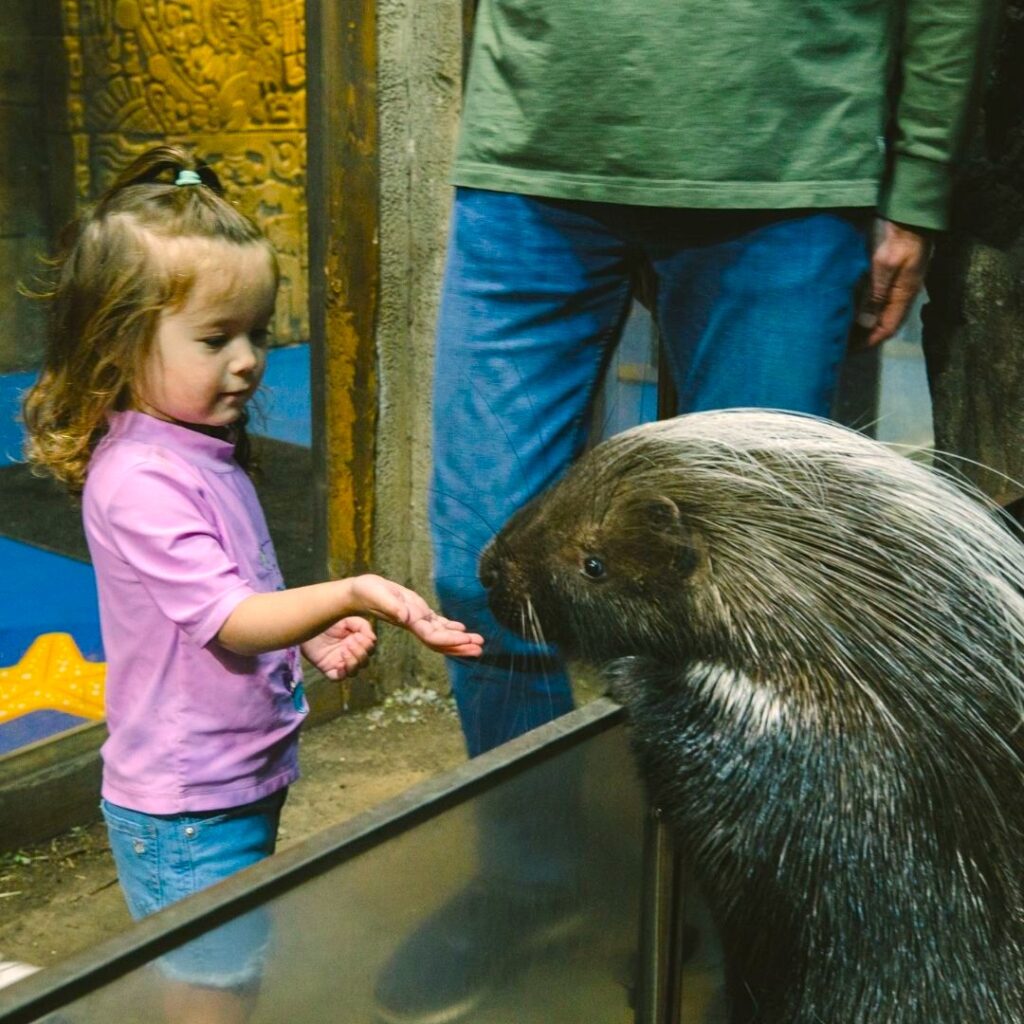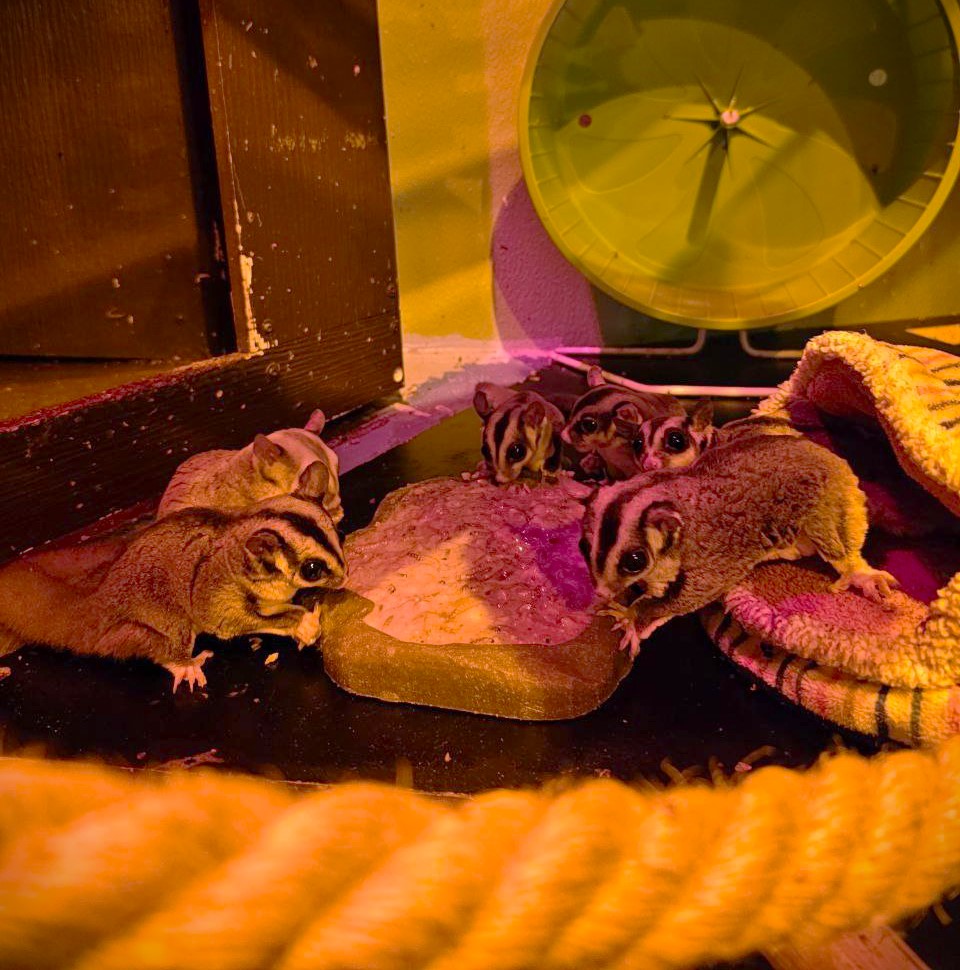SeaQuest Guide to Rare Lobsters
Share it on:

Lobsters have become social media stars and internet sensations in recent months. When we think of lobsters, we automatically picture a bright red dinner entree or an animated, singing crustacean. With their rise in popularity as a delicacy and fame in pop culture, lobsters are pretty fascinating creatures. Here’s a brief guide to lobsters and a list of rare lobster species.
What Type of Animal is a Lobster?
Lobsters are members of the family of crustaceans. Lobsters can be found inhabiting oceans and waters all over the world. There are 30 known species of clawed lobsters and 45 species of spiny lobsters worldwide. The largest species of lobster is the American lobster. There is also a sub-species of lobster, the spiny lobster (rock lobster.) They differ from their counterparts in that they don’t have large claws like American lobsters and predominantly live in warm, tropical waters.
Lobsters can grow up to 4 feet and have an average weight of around 20 pounds.
The largest known American lobster weighed in at 44 pounds 6 ounces – caught off the coast of Nova Scotia, Canada. Contrary to popular belief or memes, lobsters cannot live forever. They have an average lifespan of up to 100 years.
Lobsters are closely related to insects because they have an exoskeleton and jointed legs like a spider. The lobster has stayed consistent in the evolution of the animal world, and they have not changed at all over the last 100 million years. They have a fascinating, yet unusual anatomy. The brain is located in its throat, its teeth are in its stomach and its kidneys are in its head. They have very poor eyesight so they rely on their legs to hear and taste food with their feet. And like humans, they tend to favor one front limb over the other. Simply, they are either right-clawed or left-clawed.
Did You Know? Scientists determine the age of a lobster by taking the approximate weight of the lobster, multiplying it by 4 then they add 3 years.
Brief History of Lobsters
When the first European settlers began to inhabit North America, they observed that Native Americans used lobster in a number of “daily life” ways. Because the lobster was so plentiful and accessible along the shoreline, Native Americans used lobsters to fertilize crops or for fishing bait. They also dined on lobster frequently, usually baking them over hot rocks or fire. For generations, lobsters were gathered by hand along the shoreline. Then in the mid-19th century lobster trapping was introduced in Maine and it worked as a more efficient method for catching them. Throughout the years, lobster was considered a poor man’s food, but as the Industrial revolution progressed, it was considered a delicacy. During World War II, the lobster boom occurred. They began to be overfished and the threat to some populations became worrisome. Today, fishing for lobster is highly regulated and protocols are in place to assure overfishing of the species does not occur again.
What Color are Lobsters?
Due to genetic variations, lobsters come in different colors due to genetic variations. They’ve been known to have many colors such as blue, yellow, red, brown, and spotted. Lobsters with hard shells are darker in color than their soft shell friends, which are usually lighter in color. The most common color that lobsters wear is a mottled, speckled brown or green color. Lobsters rely on a pigment called astaxanthin to give them their green hue.
Did You Know? Finding a red lobster is rarer than finding a blue lobster. Lobsters usually only turn red after they’ve been boiled or cooked.
List of Rare Lobsters:
- Blue/Neon Blue: Blue lobsters are just genetically blue, which is often a result of a blue lobster parent. Scientists believe there is a one in 2 million chance of catching one.
- Rainbow Lobster: This lobster’s unique color is caused by a genetic mutation that leads to a partial loss of pigmentation, or can be the result of an unusual diet. These are the lobsters who are usually found with multiple colors on their shell.
- Pink Lobster: Known as the “Cotton Candy Lobster” finding a blue and pink pigmented lobster is very unlikely, but they are beautiful if seen.
- Orange Lobster: A lovely bright color, the chance of finding an orange lobster is about one in 10 to 30 million. Researchers are still in debate on just how common or rare they are.
- Yellow Lobster: Even rarer than a live red lobster, yellow lobsters, or calico lobsters as they’re also known, are believed to be a one in thirty-million occurrence.
- The “Halloween” Lobster: Split evenly into half black, and half orange, this phenomenon is believed to occur in as few as one in every 90 million.
Did You Know? The White Lobster (Albino) is the rarest color lobster. It’s estimated that finding a white lobster is a 1 in 100 million chance.
What Do Lobsters Eat?
Lobsters are omnivores, so they tend to diet on both animal and plant matter. The most common things they are known to eat are fish, mollusks, and algae. Though they can hunt for prey, they are usually scavenging the sea floor for food and snacks. Lobsters use their hard claws to crush or tear apart prey that they have caught, then bring their food into their mouths where it is further crushed with the sharp edges of their teeth before being swallowed. Lobster diets can vary though, depending on the particular species or their home habitat.
SeaQuest is committed to protecting our world’s oceans, wildlife, and endangered animals. We focus on how to be proactive in finding solutions. If you’d like to learn more about Lobsters, check out SeaQuest today! You can meet just a few lobster species that call SeaQuest home and if you’re in New Jersey or Las Vegas you can see the 1 in 10 million Orange Lobster!




